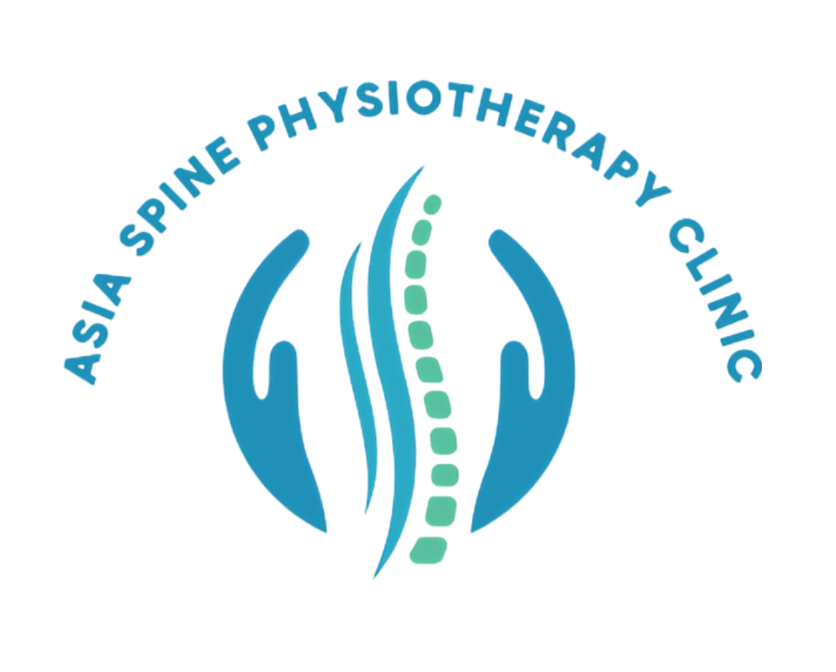+918048034108

This is your website preview.
Currently it only shows your basic business info. Start adding relevant business details such as description, images and products or services to gain your customers attention by using Boost 360 android app / iOS App / web portal.
Description
Sports Physiotherapy Rehabilitation is a specialized branch of physical therapy focused on the treatment and recovery of individuals with sports-related injuries or those who participate in high levels of physical activity. This form of rehabilitation aims to help athletes and active individuals recover from injuries, restore optimal function, and return to their sport or physical activities as quickly and safely as possible. Sports physiotherapists work with people of all ages and skill levels, from professional athletes to recreational fitness enthusiasts. The primary goal is not only to treat the injury but also to prevent future injuries, optimize performance, and improve overall physical fitness. Key Goals of Sports Physiotherapy Rehabilitation: Injury Recovery: Aid in the recovery process from sports-related injuries, helping individuals heal effectively and regain full function. Pain Management: Reduce pain and inflammation through therapeutic techniques and modalities. Restoring Function: Rebuild strength, flexibility, and mobility to restore pre-injury levels of activity. Injury Prevention: Identify risk factors for injury and implement strategies to prevent future injuries. Optimizing Performance: Enhance athletic performance through specific conditioning, training programs, and recovery strategies. Safe Return to Sport: Ensure a safe and progressive return to sport or physical activity, minimizing the risk of re-injury. Common Sports Injuries Treated: Sports physiotherapy is highly effective for treating a wide variety of injuries and conditions, including: Sprains and Strains: Damage to ligaments (sprains) or muscles/tendons (strains), commonly occurring in the ankle, knee, or lower back. Fractures: Bone fractures, including stress fractures, often caused by overuse or trauma. Tendon Injuries: Conditions such as tendinitis or tendinopathy, affecting the Achilles tendon, rotator cuff, or patellar tendon. Ligament Injuries: Anterior cruciate ligament (ACL) injuries, sprained ankles, or torn ligaments. Overuse Injuries: Conditions caused by repetitive stress, such as shin splints, tennis elbow, runner’s knee, and stress fractures. Dislocations and Subluxations: Partial or complete displacement of joints, often caused by trauma. Cartilage Injuries: Damage to the cartilage in joints, such as meniscus tears in the knee or labral tears in the shoulder or hip. Concussions: Head injuries commonly encountered in contact sports, with specific rehabilitation protocols. Back and Neck Pain: Musculoskeletal pain or injuries affecting the spine, often caused by improper posture, technique, or overexertion. Key Components of Sports Physiotherapy Rehabilitation: Initial Assessment: The first step in sports physiotherapy is a detailed assessment of the injury or condition. The physiotherapist conducts a physical examination to identify the injury’s cause, severity, and impact on function. This might involve joint and muscle tests, as well as discussing the athlete’s medical history, activity level, and goals. Pain Management and Inflammation Control: Acute injuries typically involve pain and inflammation, which are managed using various therapeutic techniques, such as: Cryotherapy (cold therapy): To reduce swelling and inflammation. Heat therapy: To relax muscles and promote blood flow during the later stages of healing. Electrotherapy (TENS, ultrasound): To reduce pain, promote healing, and improve tissue recovery. Manual therapy: Techniques like joint mobilization and soft tissue manipulation to alleviate pain and improve mobility. Rehabilitation Exercises: Strengthening: Targeted exercises to rebuild strength in muscles and stabilizing structures around the injured area. This is essential for long-term recovery and to prevent future injuries. Stretching and Flexibility: Restoring and maintaining flexibility to improve range of motion and reduce tightness in muscles and tendons. Balance and Proprioception: Exercises designed to improve balance, coordination, and body awareness, which are crucial for injury prevention, particularly for lower-limb injuries. Functional Training: Exercises that replicate movements specific to the athlete’s sport or activity, ensuring a smooth transition back to performance. Sports-Specific Rehabilitation: Tailored programs designed to mimic the movements and demands of the athlete’s particular sport. This can include agility drills, speed training, strength training, or sport-specific techniques, such as running mechanics or jumping technique. Return-to-Sport Testing and Progression: Before an athlete returns to their sport, they undergo functional tests to ensure they have regained the necessary strength, flexibility, endurance, and coordination. These tests simulate sport-related movements to confirm readiness and minimize the risk of re-injury. A gradual return-to-sport plan is essential to safely increase intensity and volume, ensuring the athlete can handle the physical demands of their sport. Prevention and Performance Enhancement: Injury Prevention: Identifying risk factors such as muscle imbalances, poor technique, or inadequate warm-up and cool-down routines. Sports physiotherapists help athletes adopt strategies to prevent injuries, including sport-specific strengthening exercises, biomechanical analysis, and advice on proper footwear. Conditioning Programs: Building strength, endurance, and flexibility through periodized training programs designed to improve performance and reduce the likelihood of overuse injuries. Posture and Movement Analysis: Evaluating biomechanics and posture to improve efficiency in movement and prevent unnecessary strain on joints and muscles. Education: Physiotherapists provide education on proper techniques for sport-specific movements, warm-up and cool-down exercises, posture correction, and the importance of rest and recovery to optimize performance and minimize injury risk. Techniques and Modalities Used in Sports Physiotherapy: Manual Therapy: Soft tissue mobilization, joint mobilization, and manipulation to improve flexibility, reduce pain, and restore movement. Kinesiology Taping: A therapeutic taping technique used to support muscles, joints, and ligaments during recovery, enhance proprioception, and reduce pain. Dry Needling: Inserting fine needles into trigger points in muscles to release tightness, reduce pain, and improve mobility. Biomechanical Analysis: Video or motion analysis of an athlete’s movement patterns to identify flaws or inefficiencies that might lead to injury. Strength and Conditioning: Tailored exercise programs to improve the physical performance of the athlete, targeting specific muscle groups required for their sport. Cryotherapy and Cryo Compression: Use of cold treatments to reduce inflammation and speed up the healing process after injury.


(1).jpg)